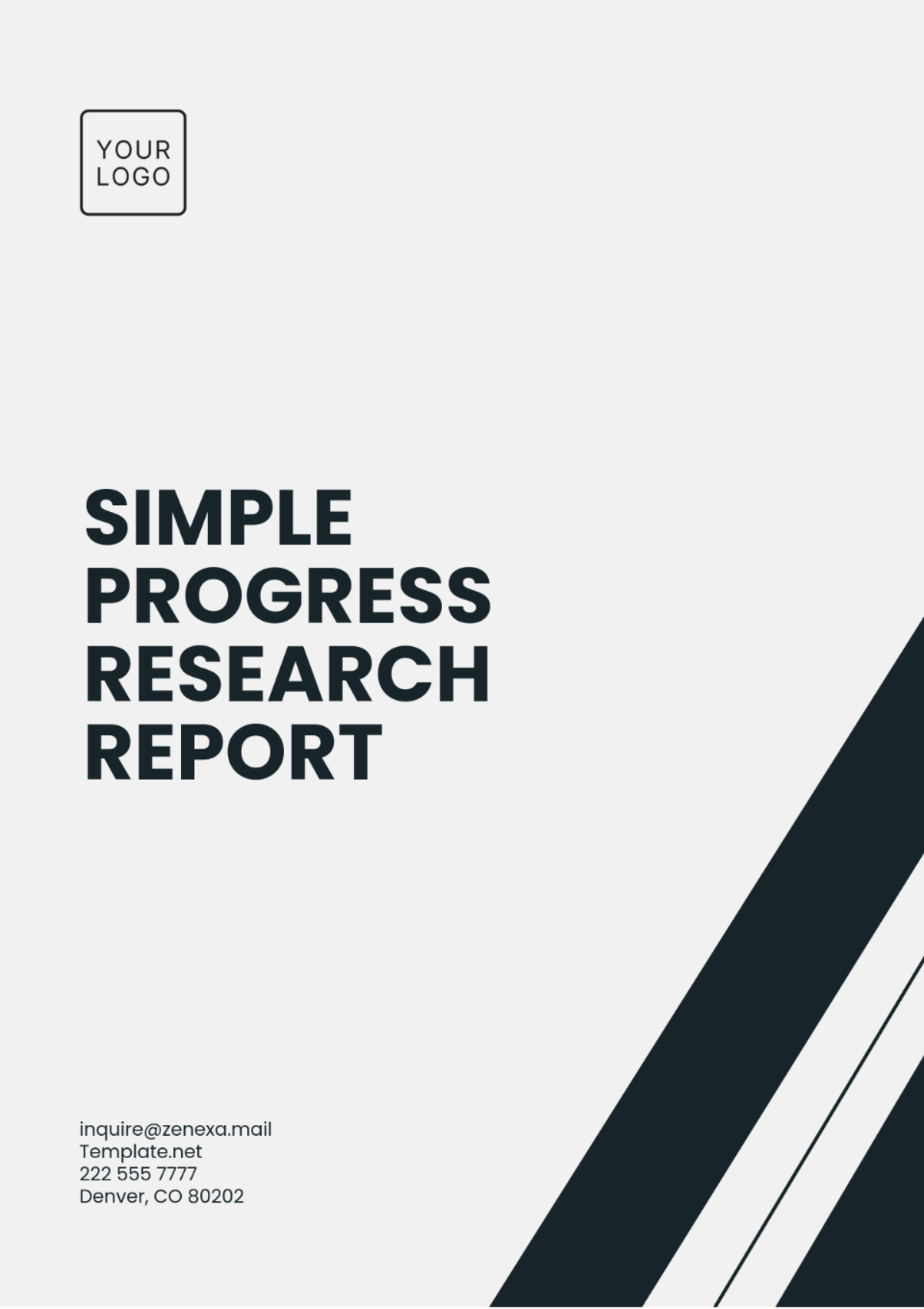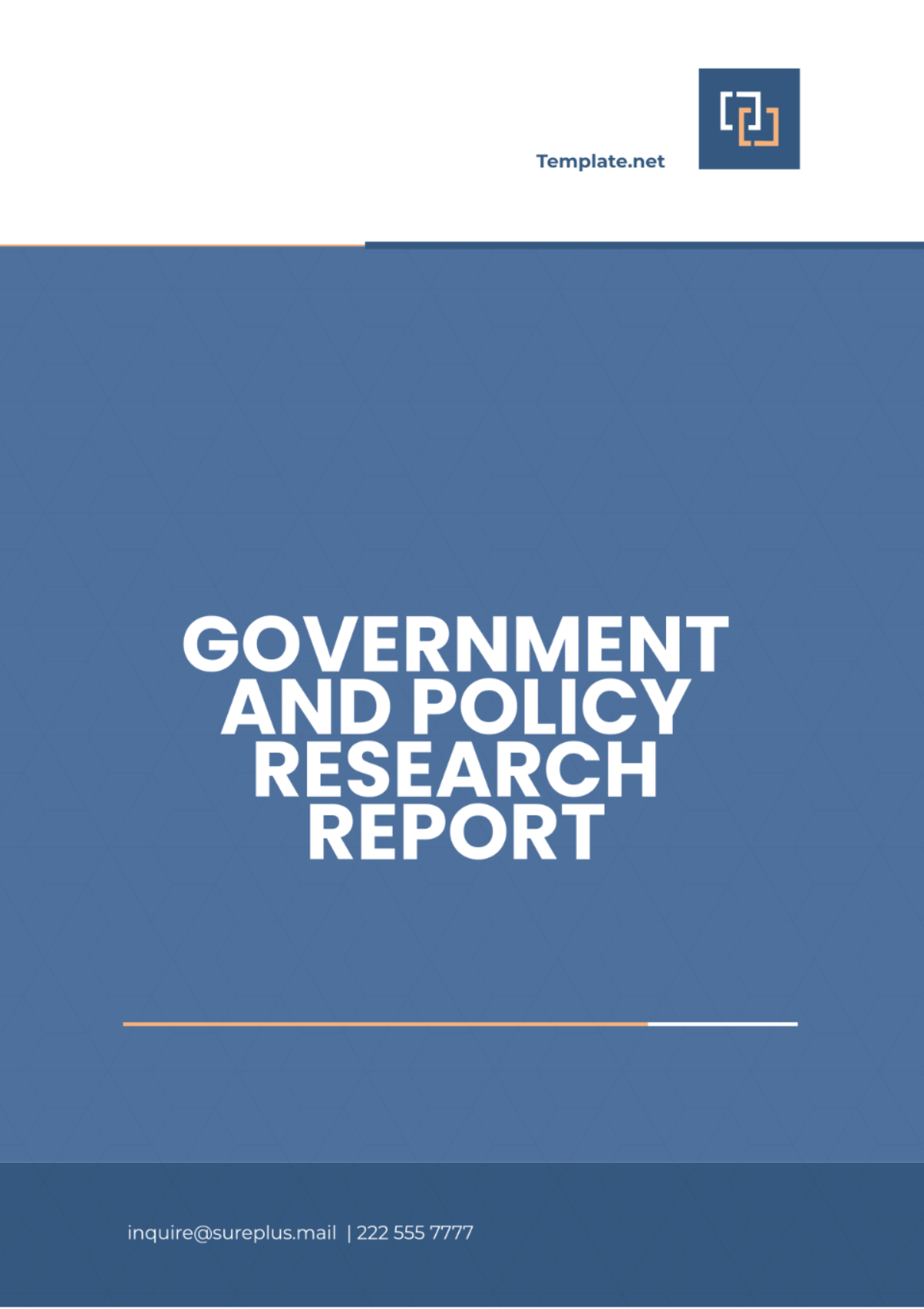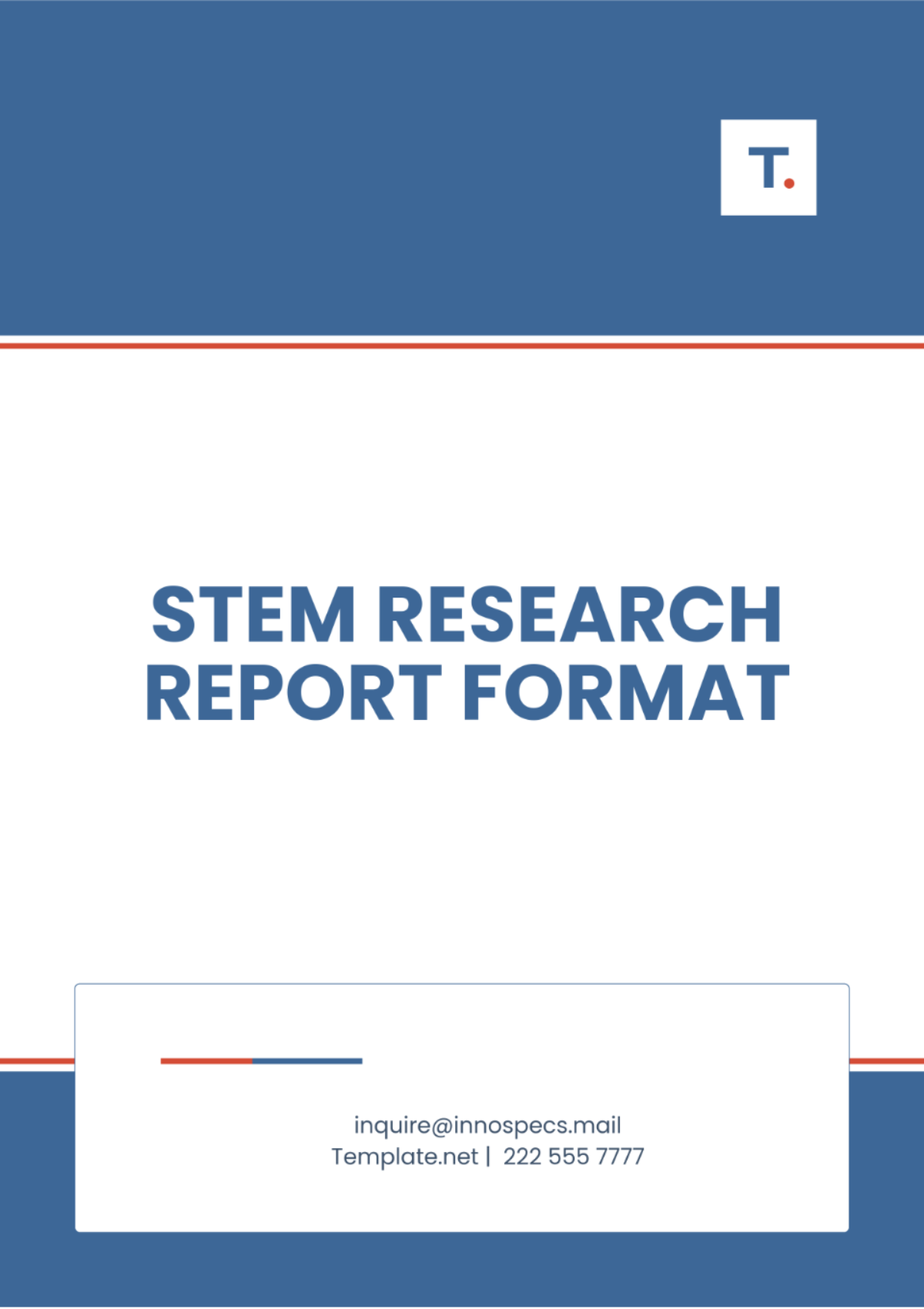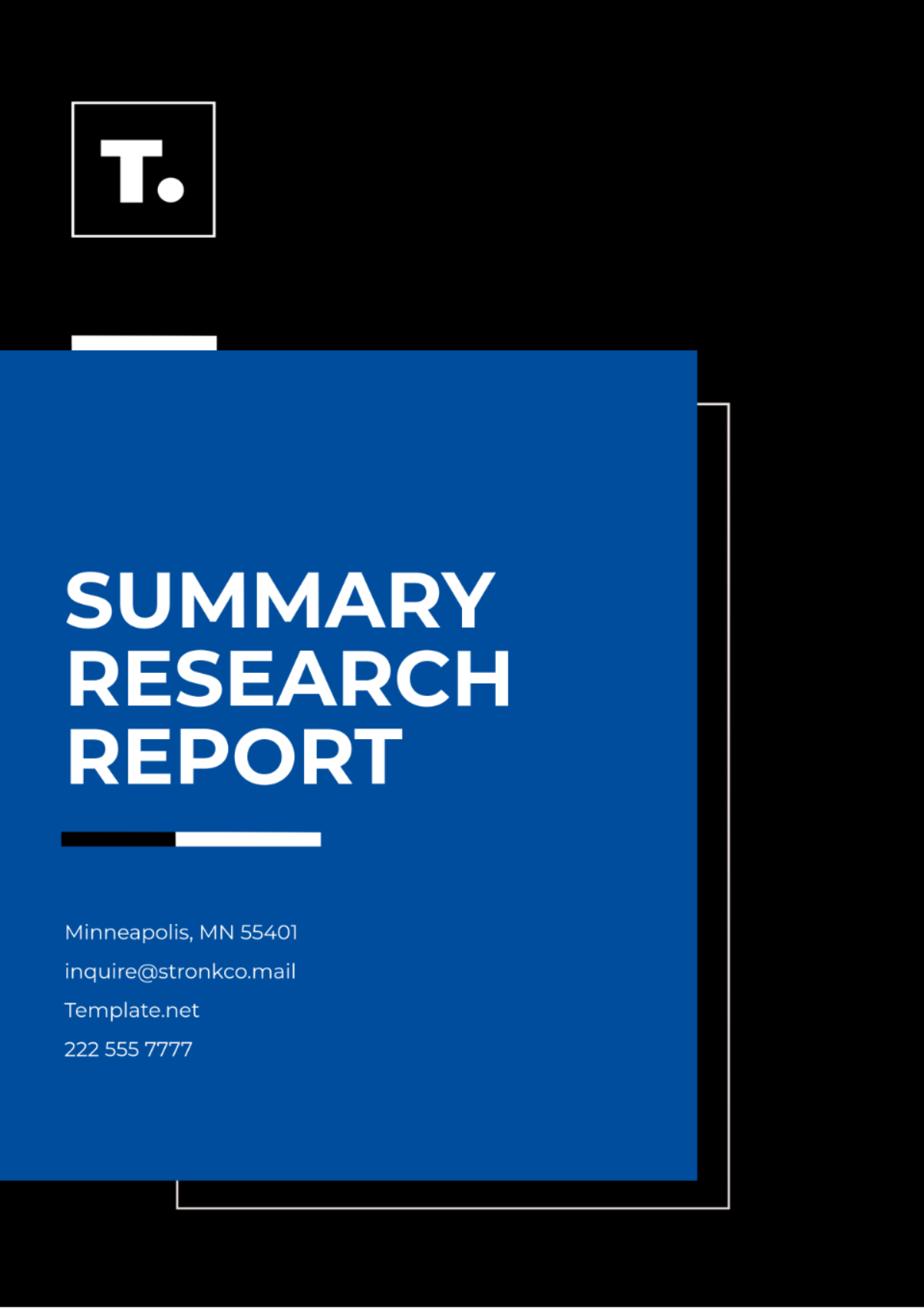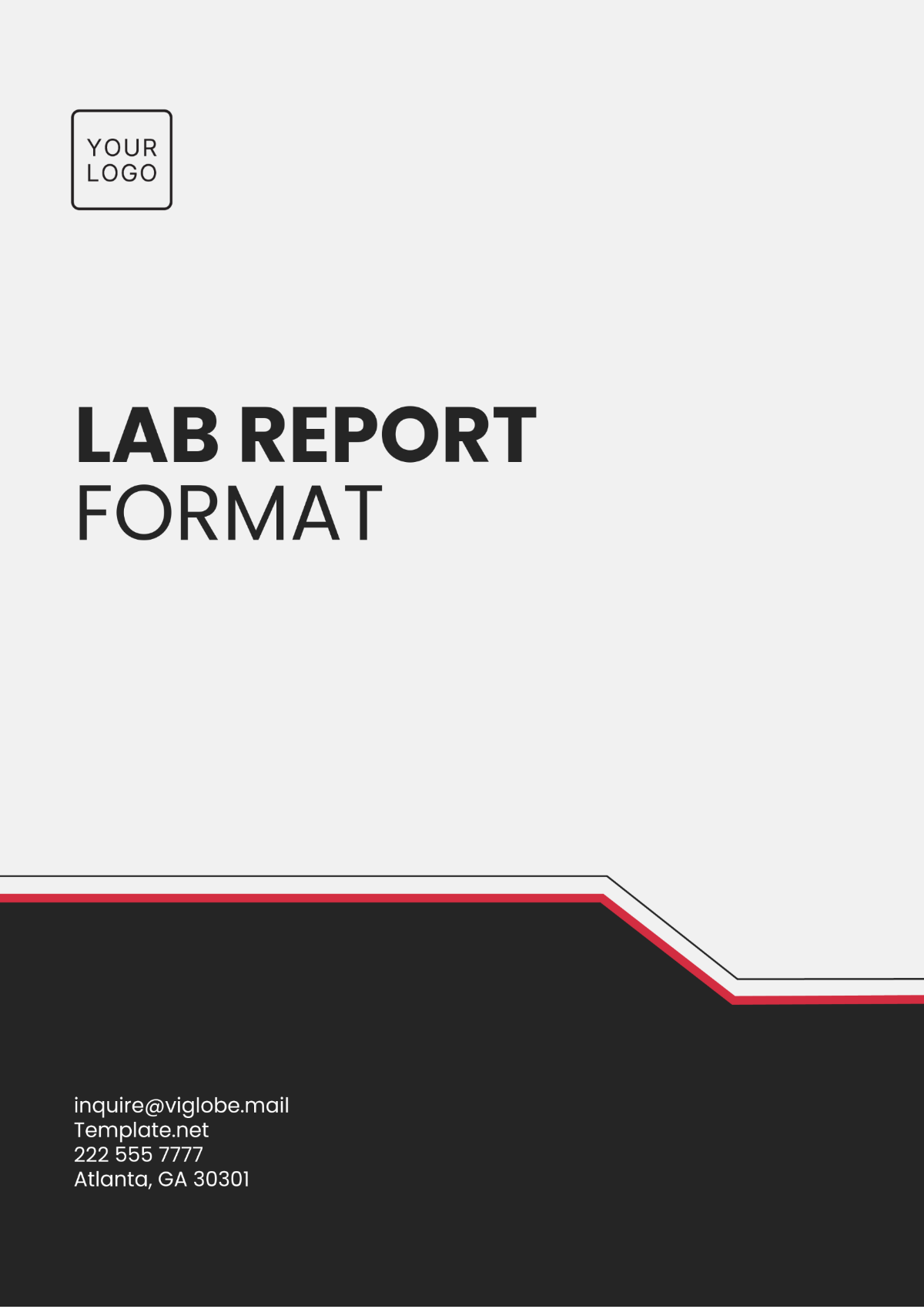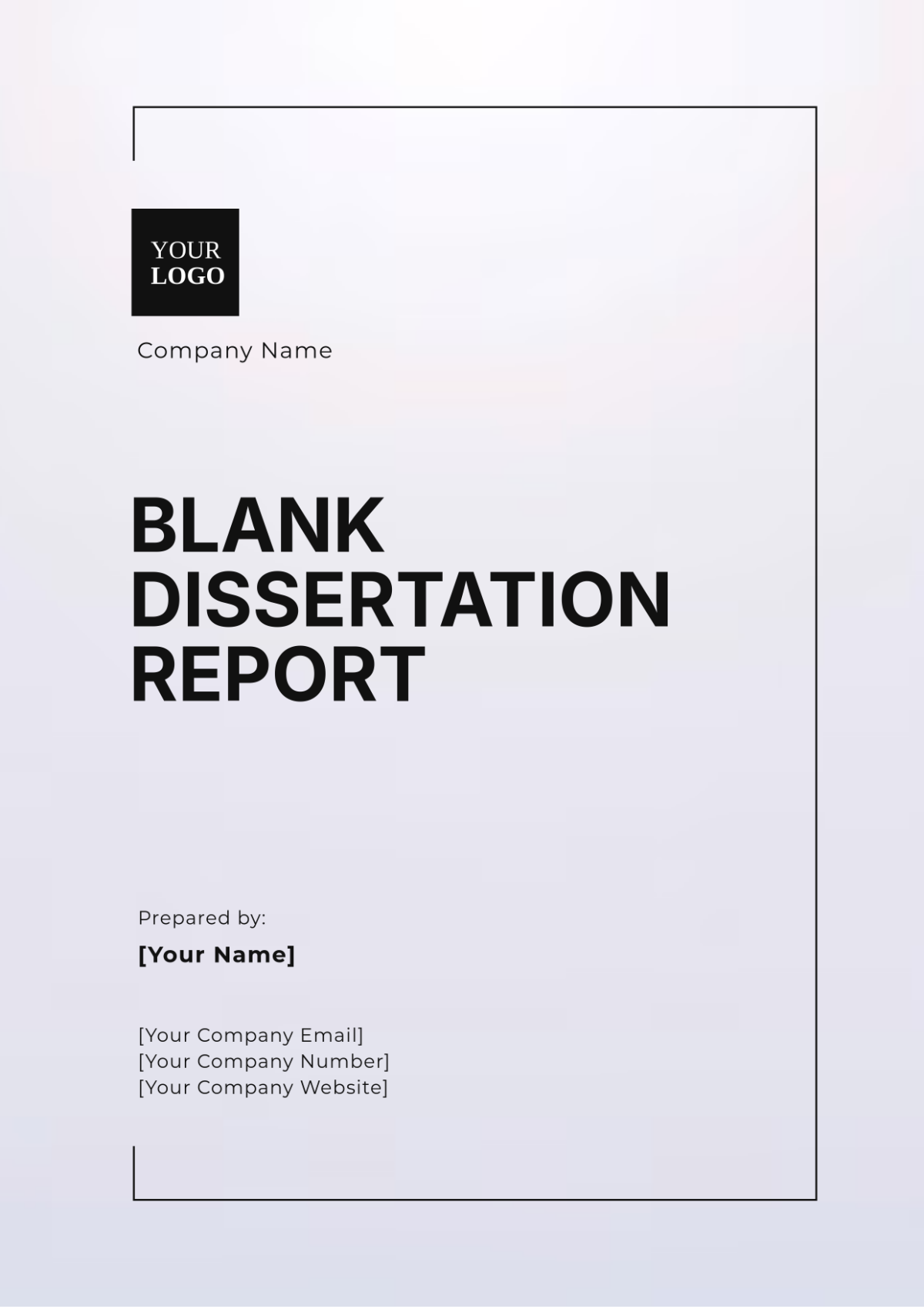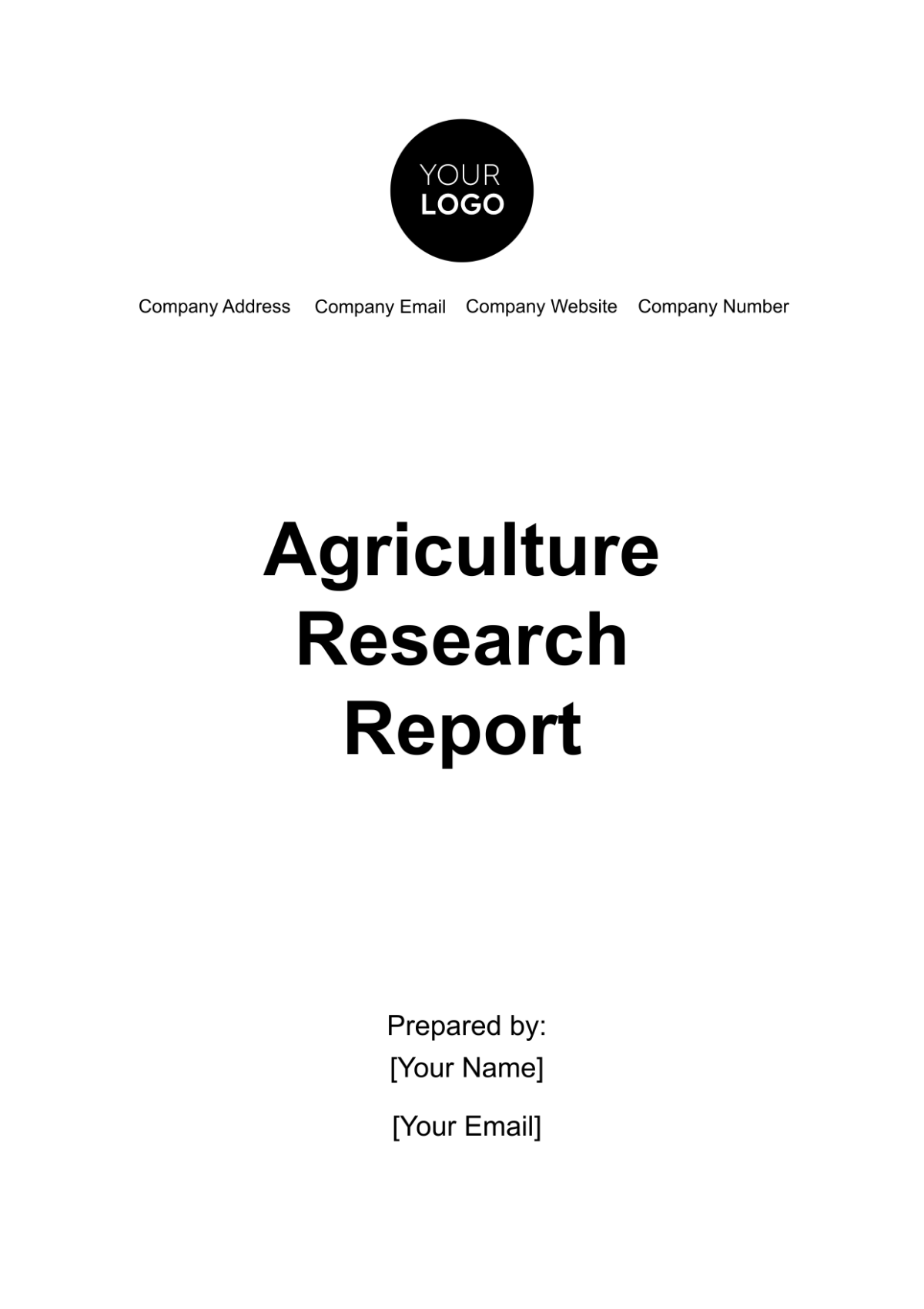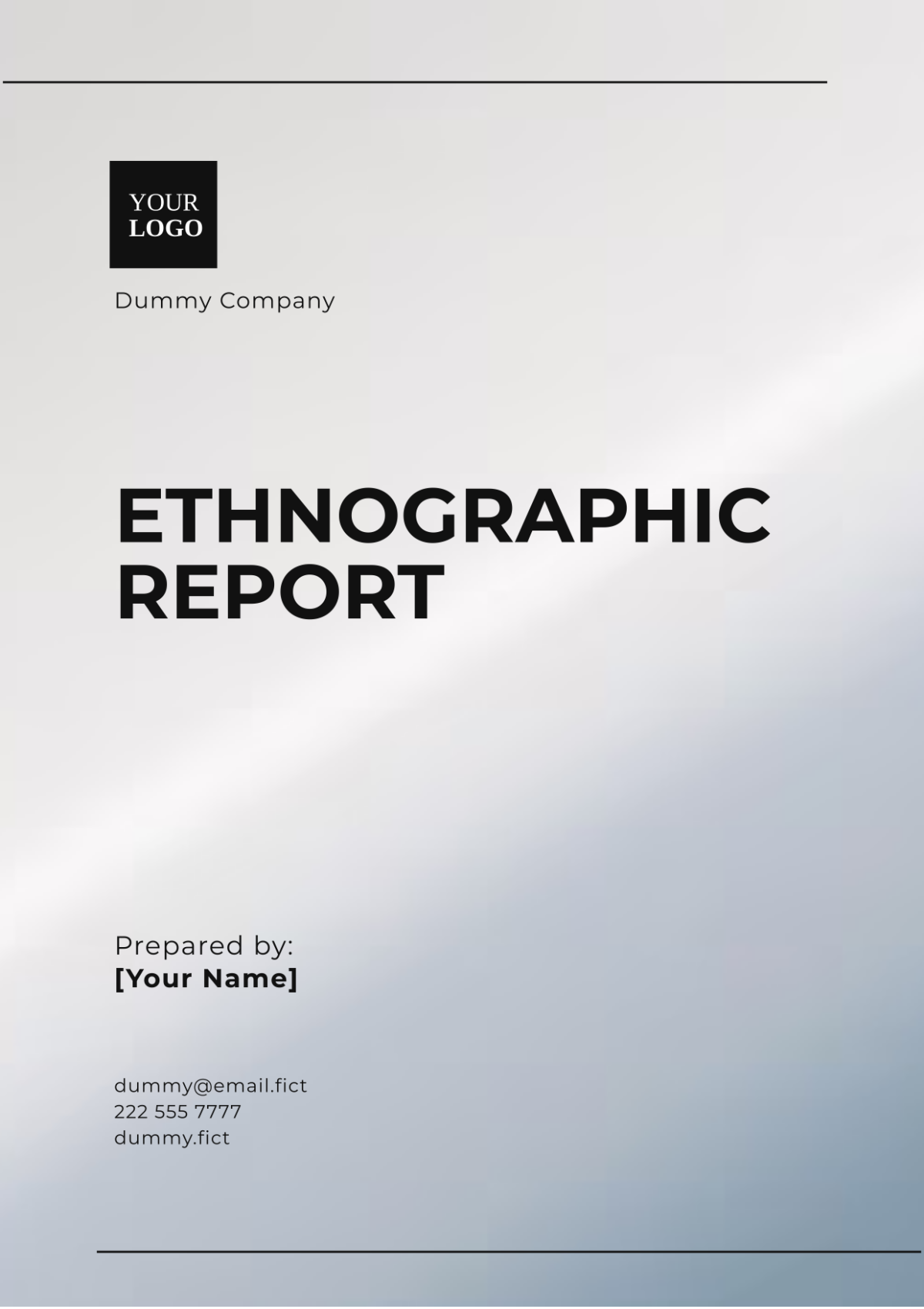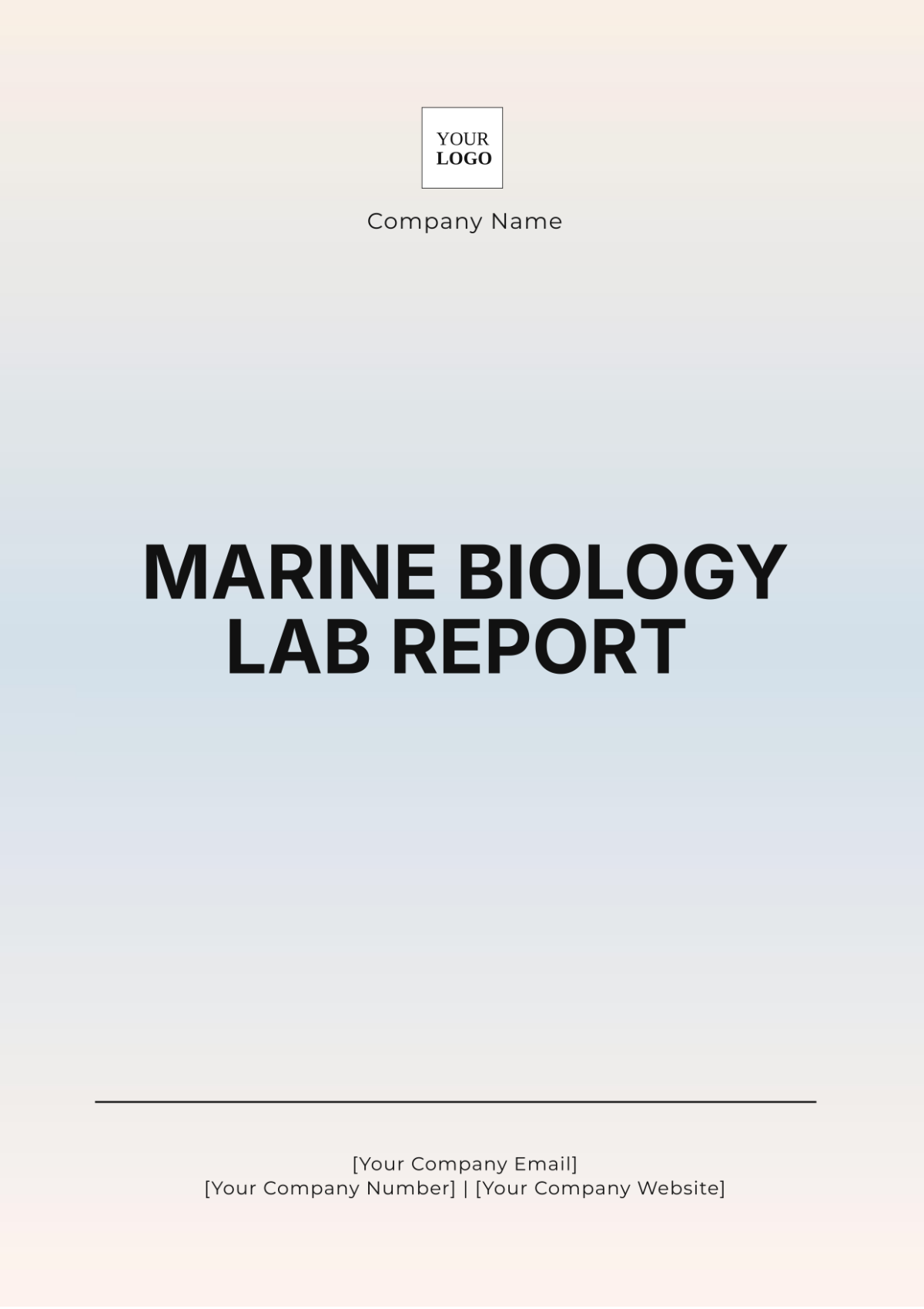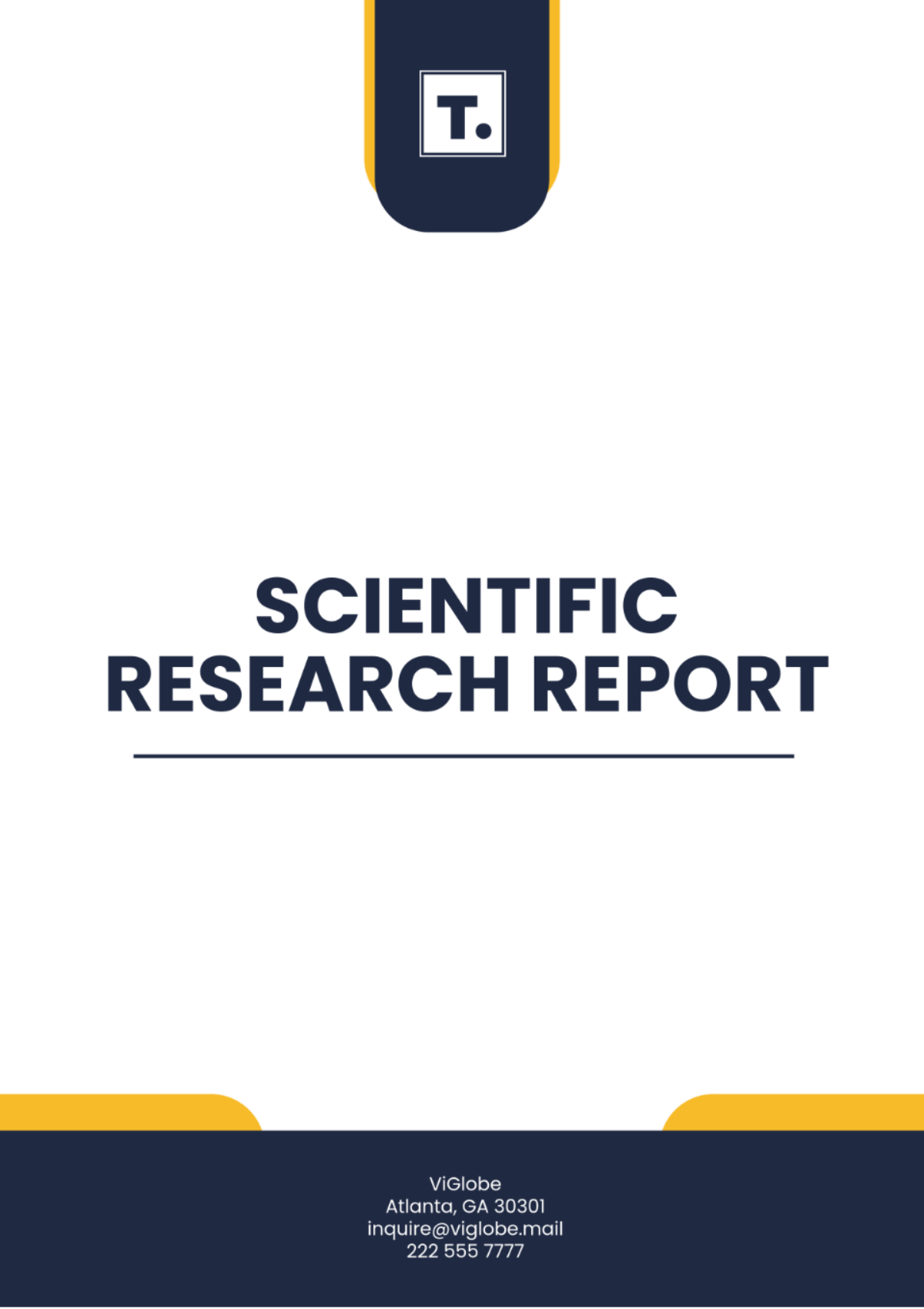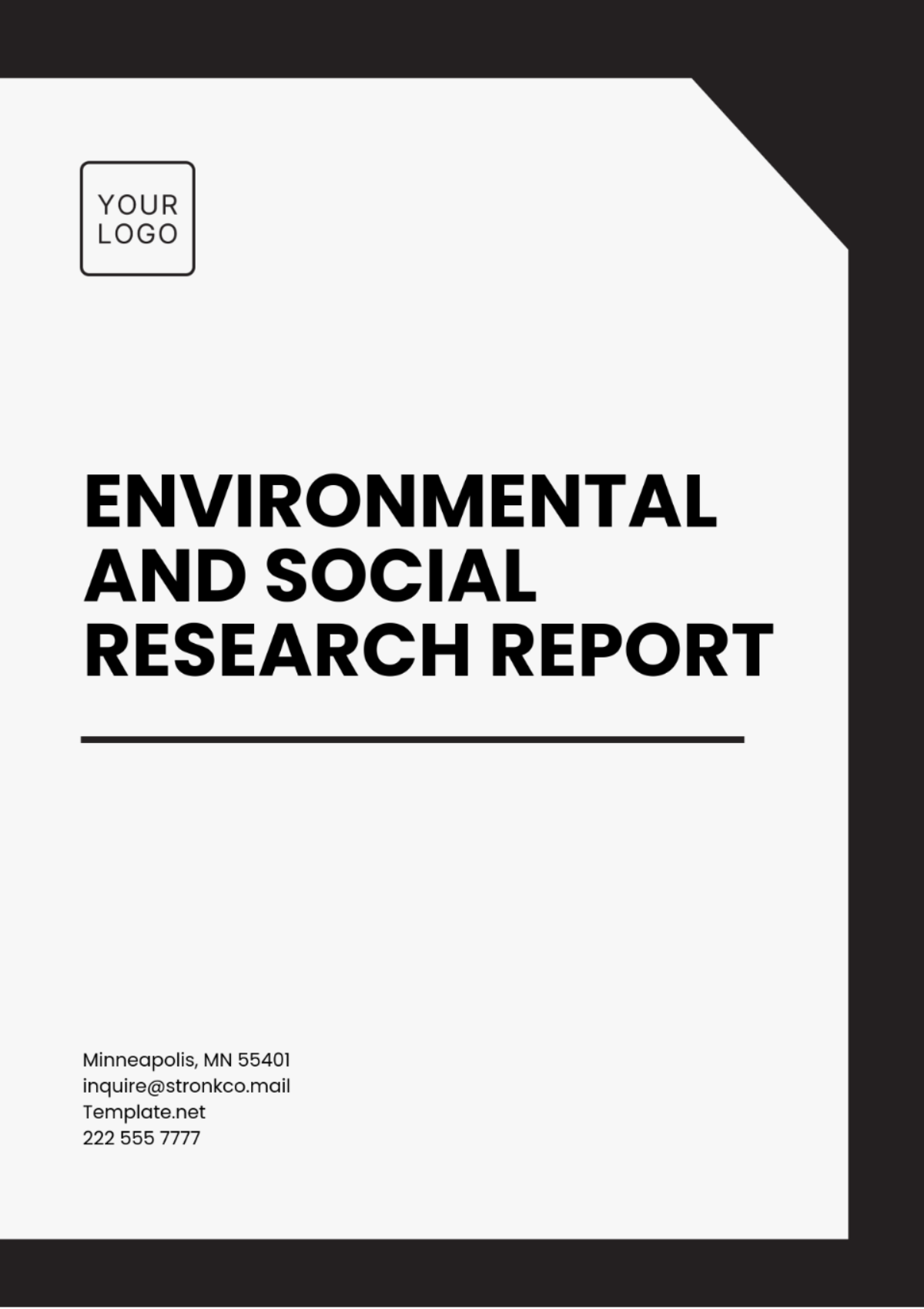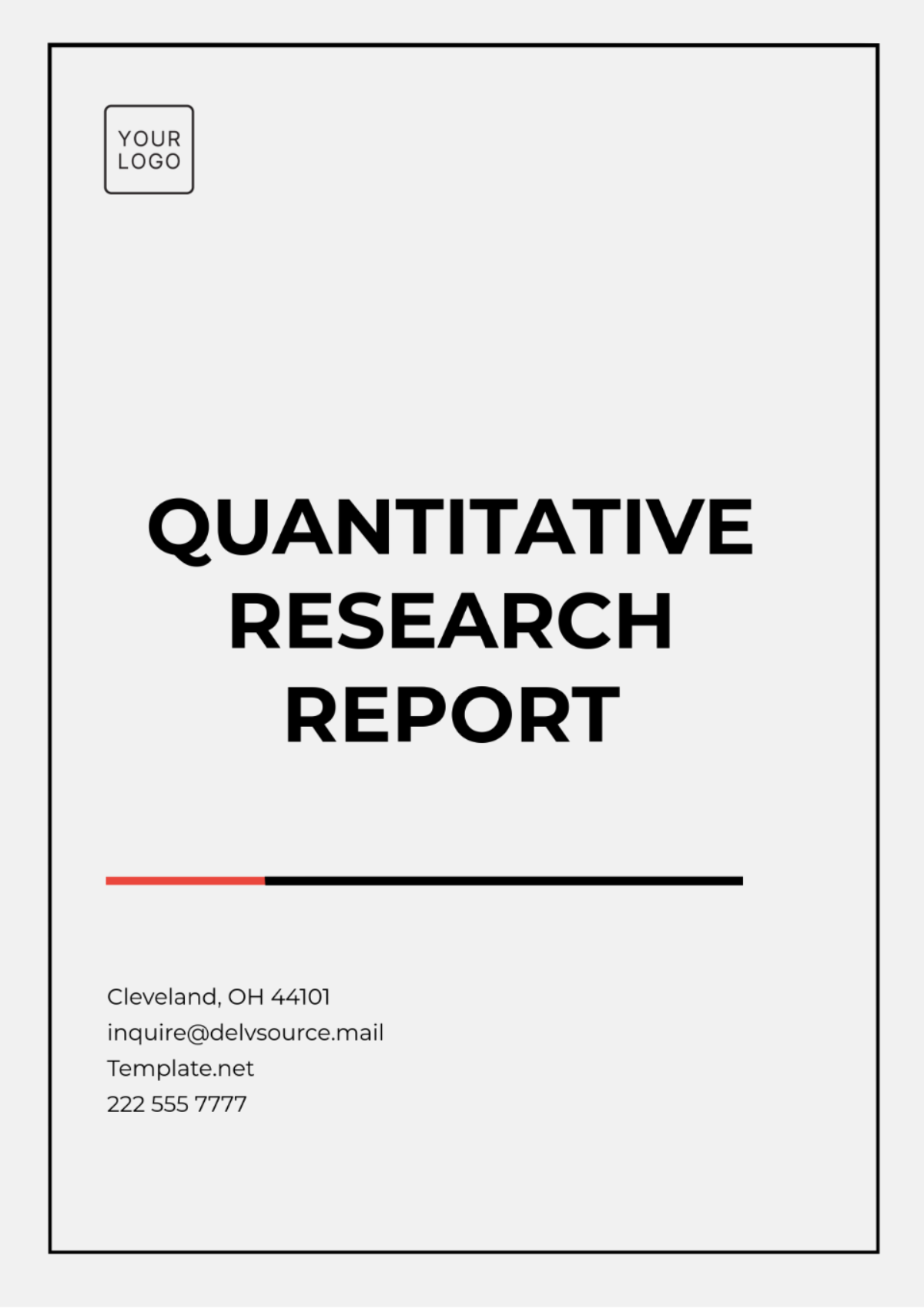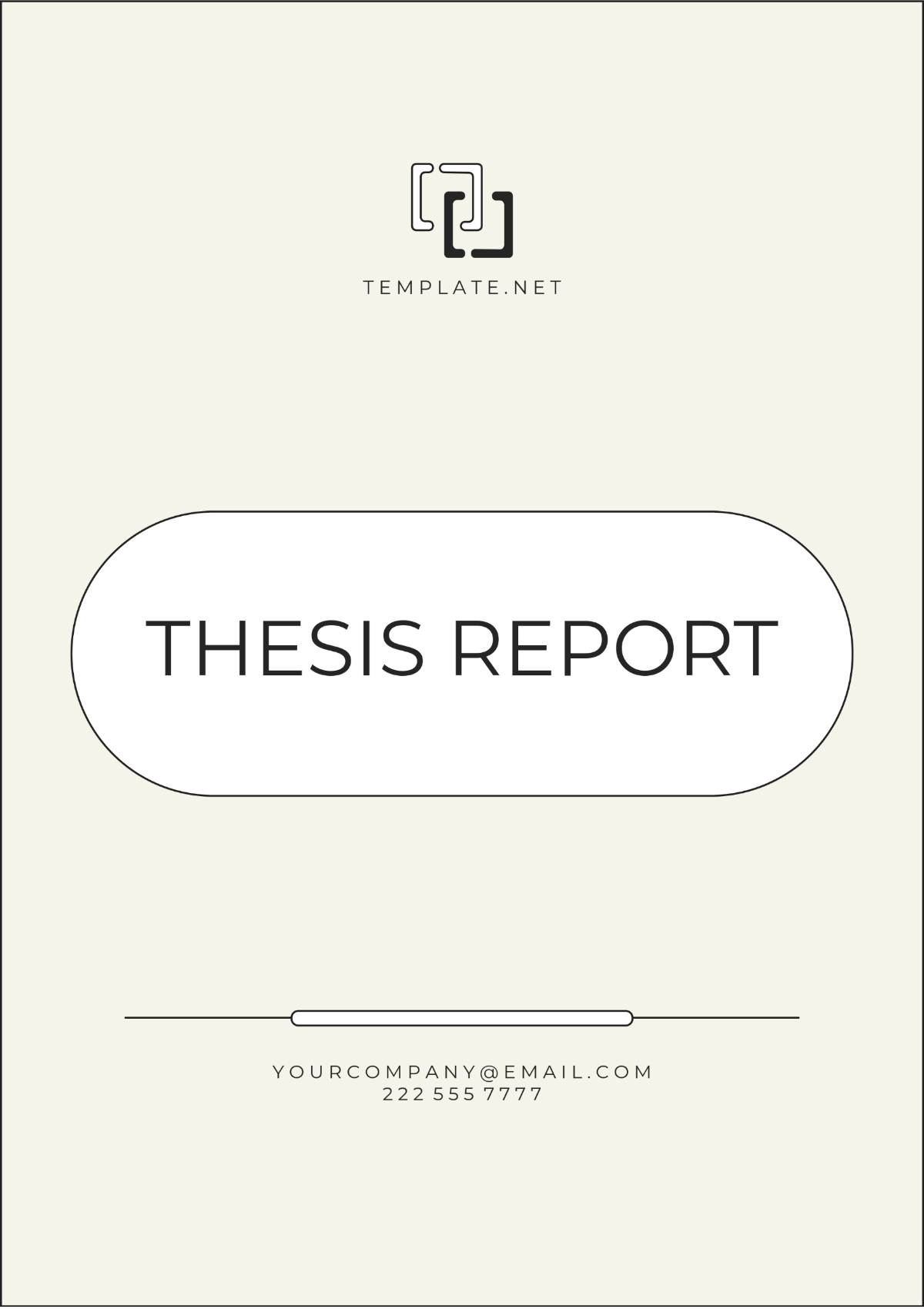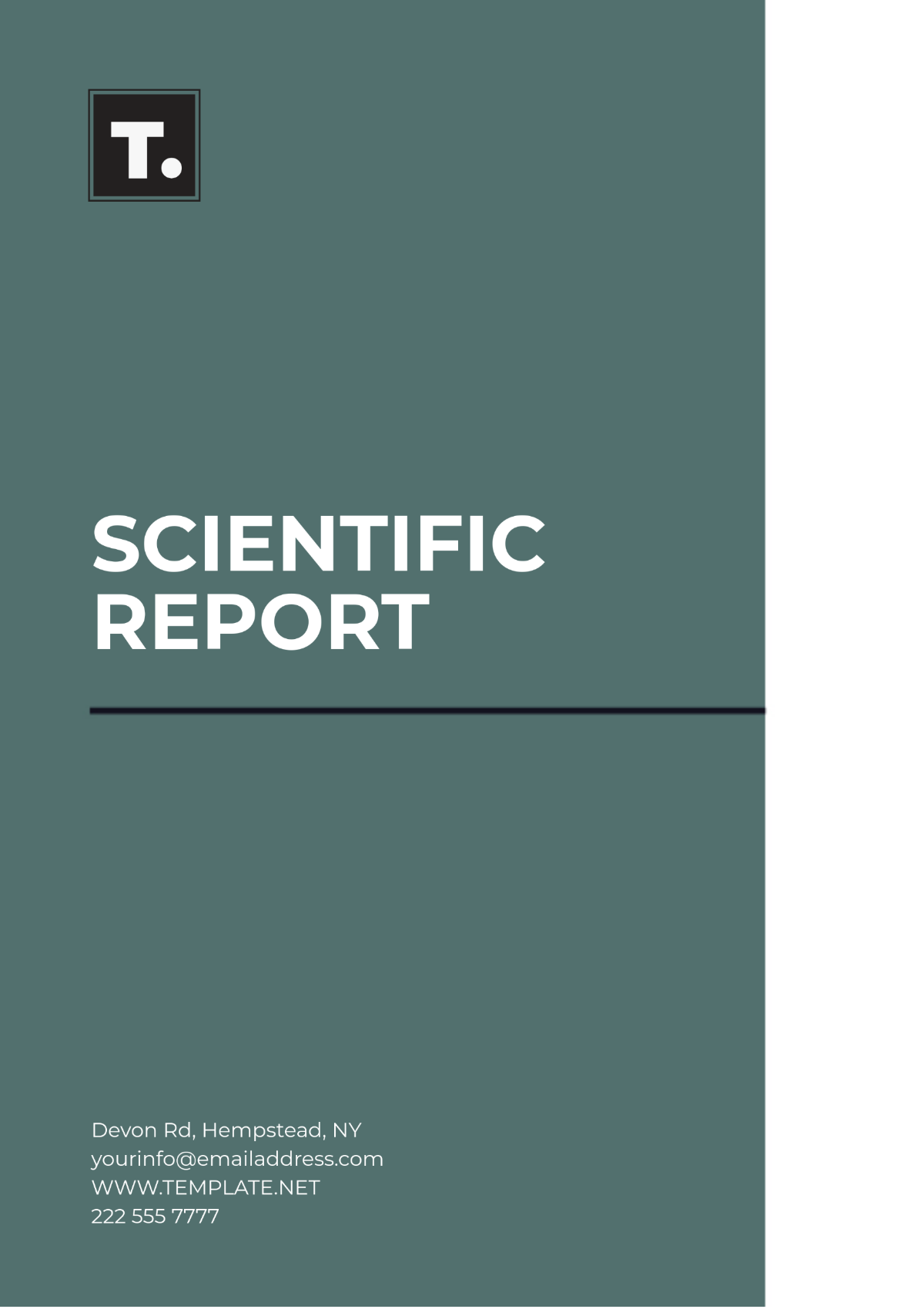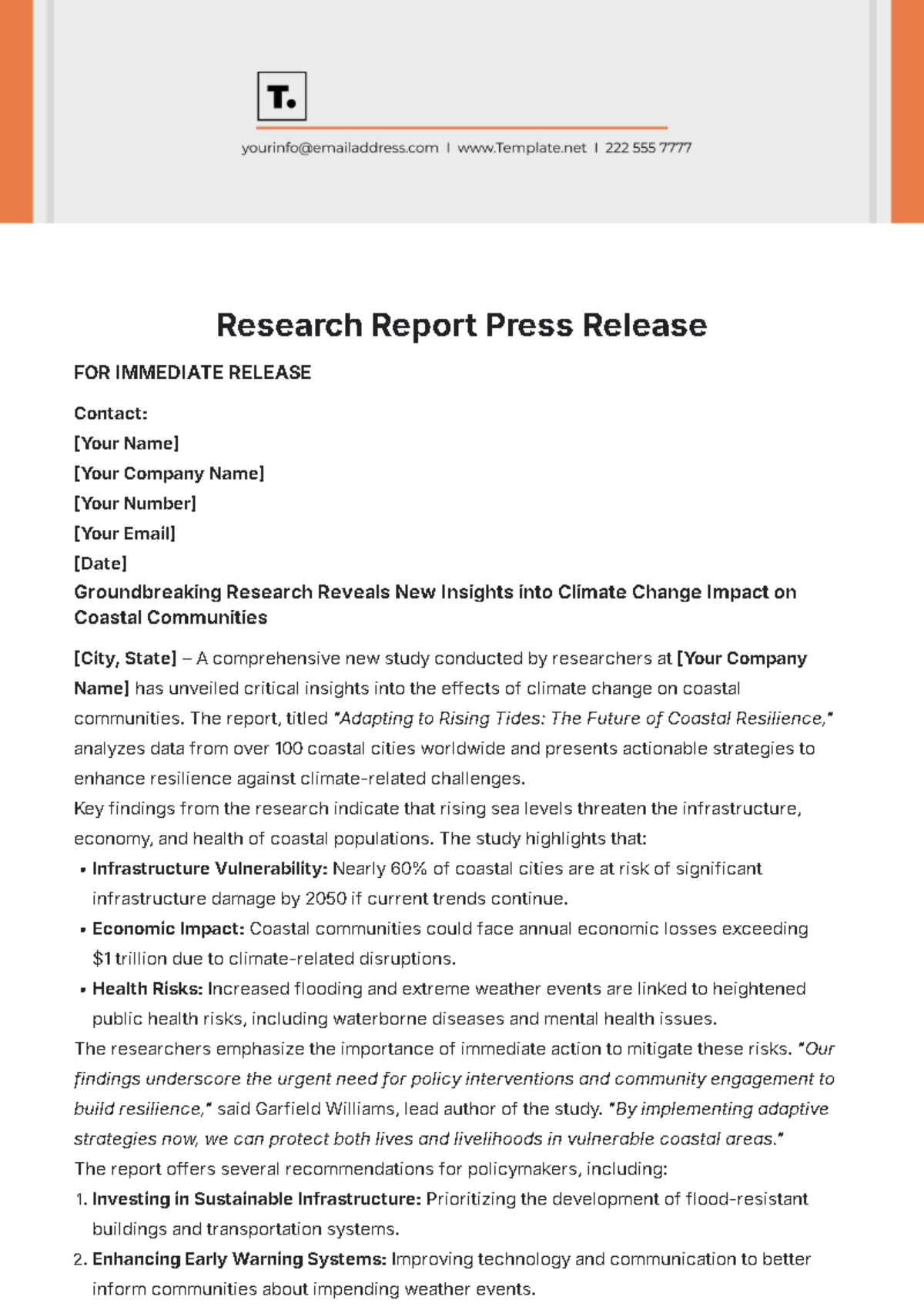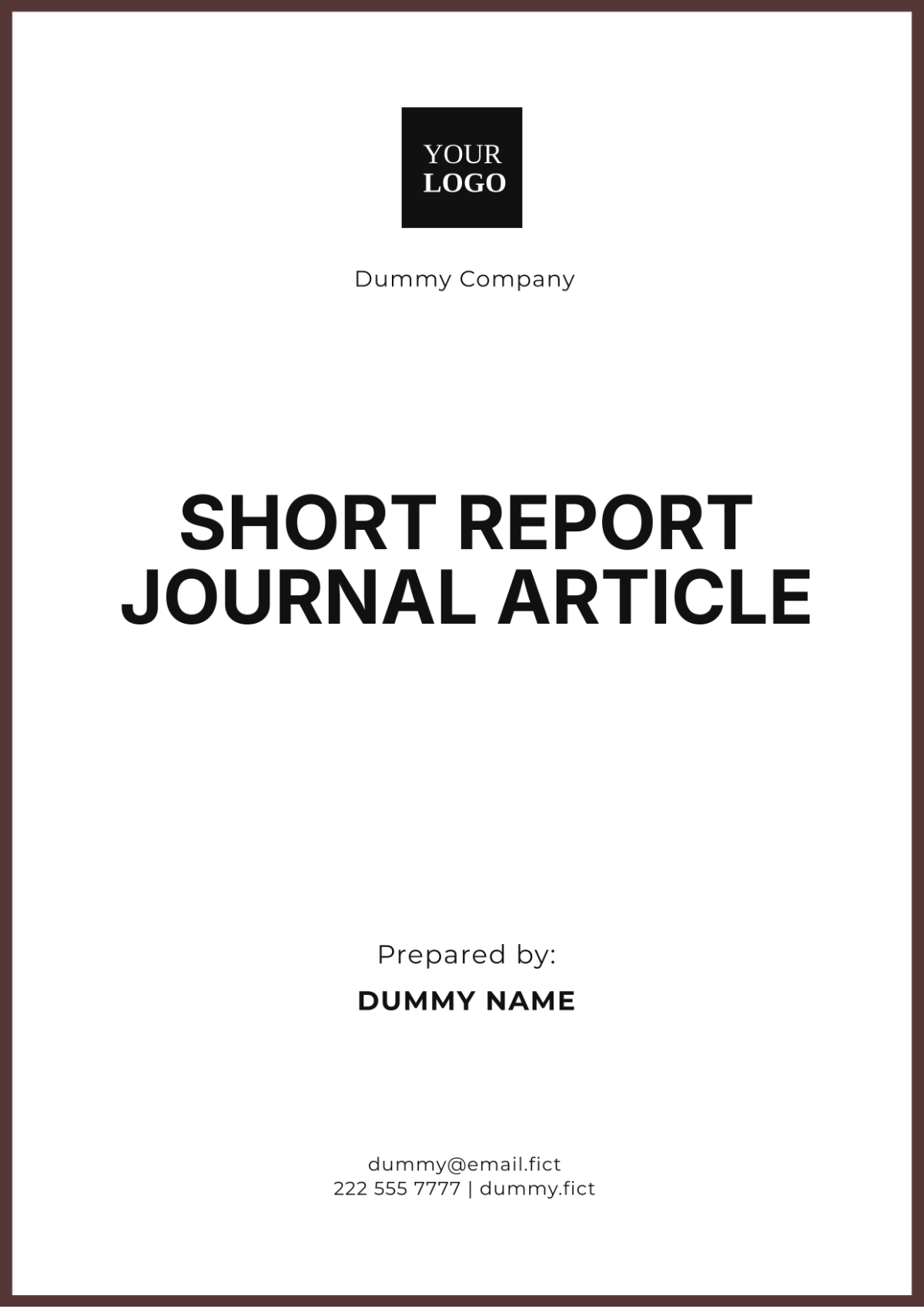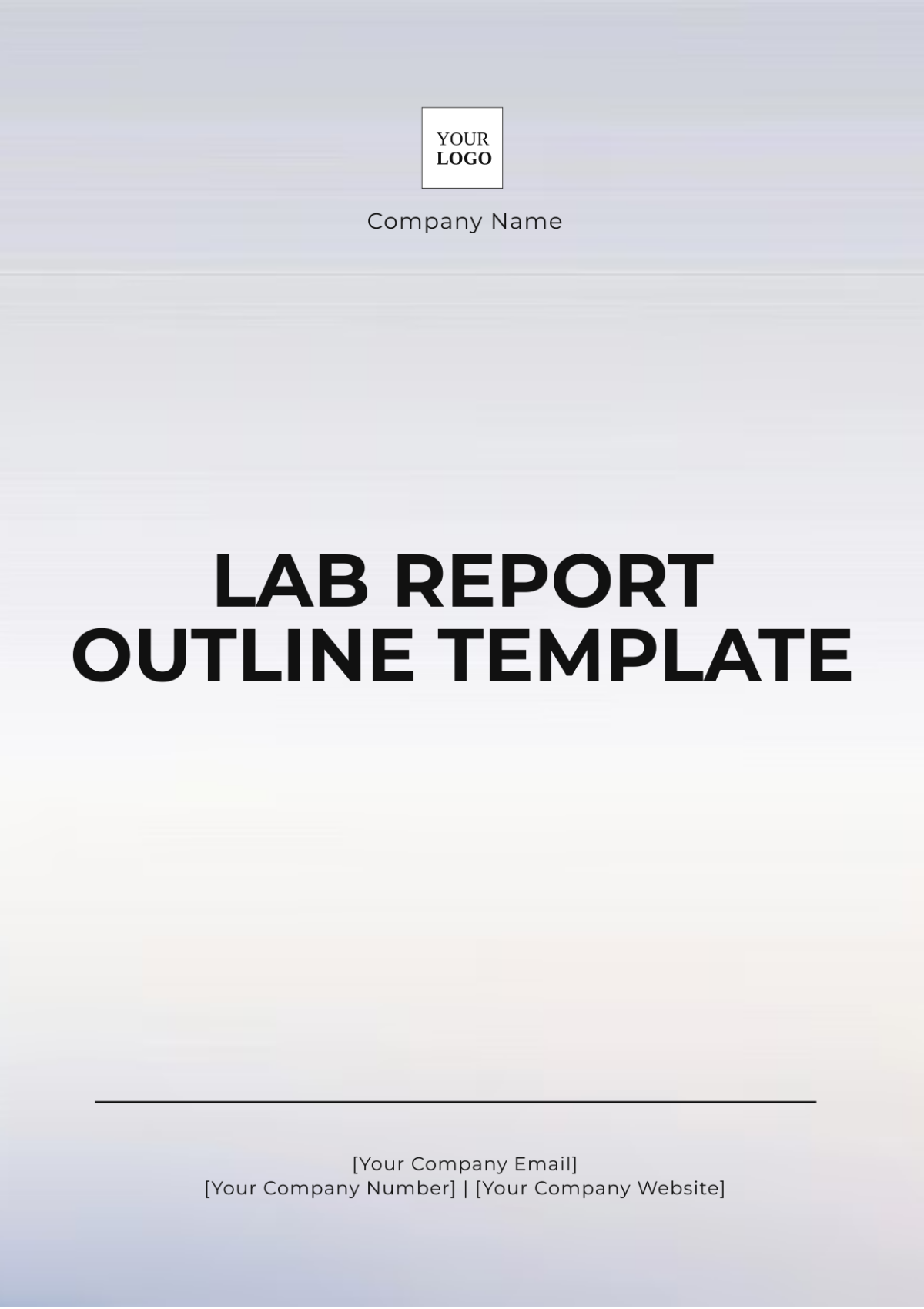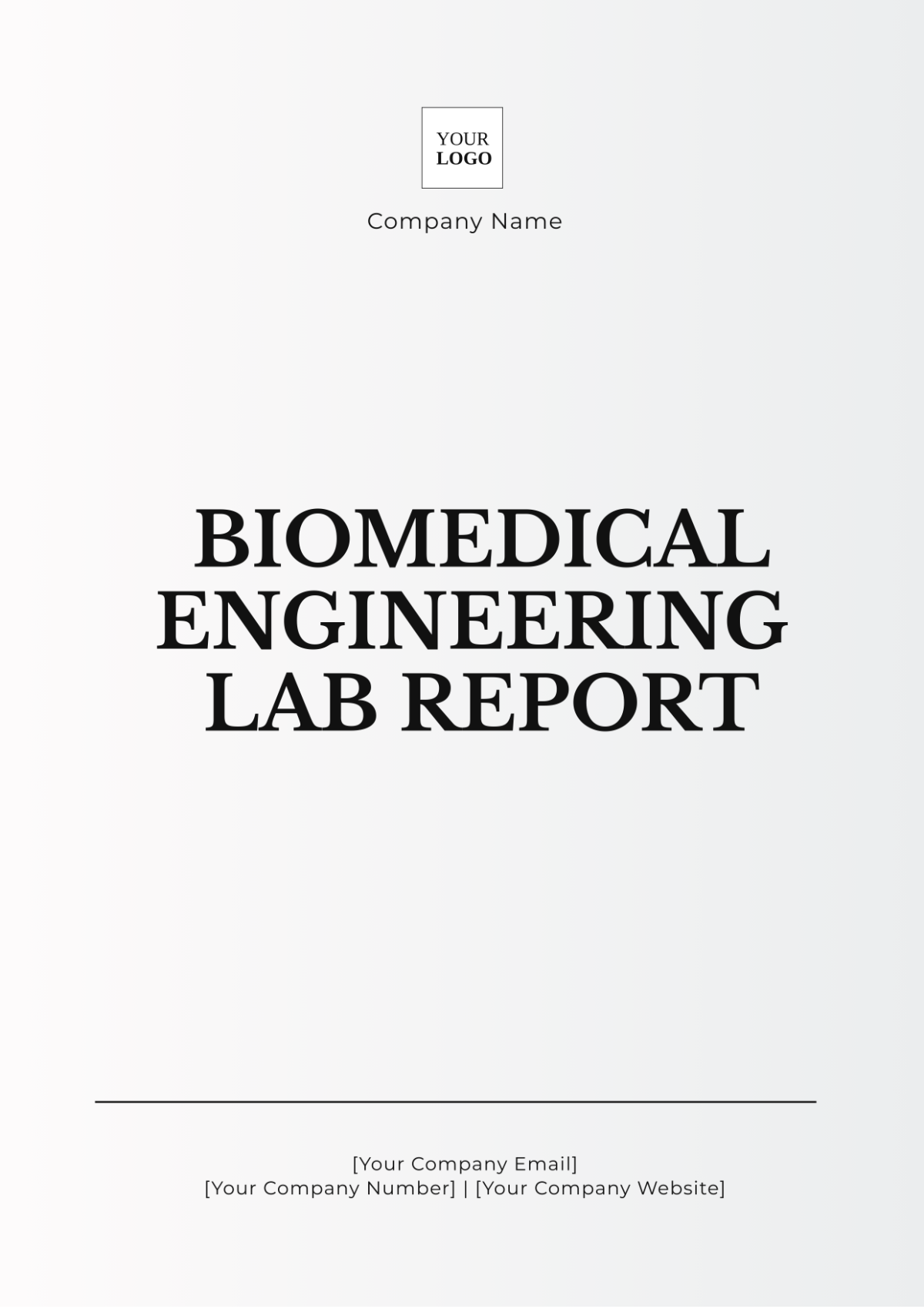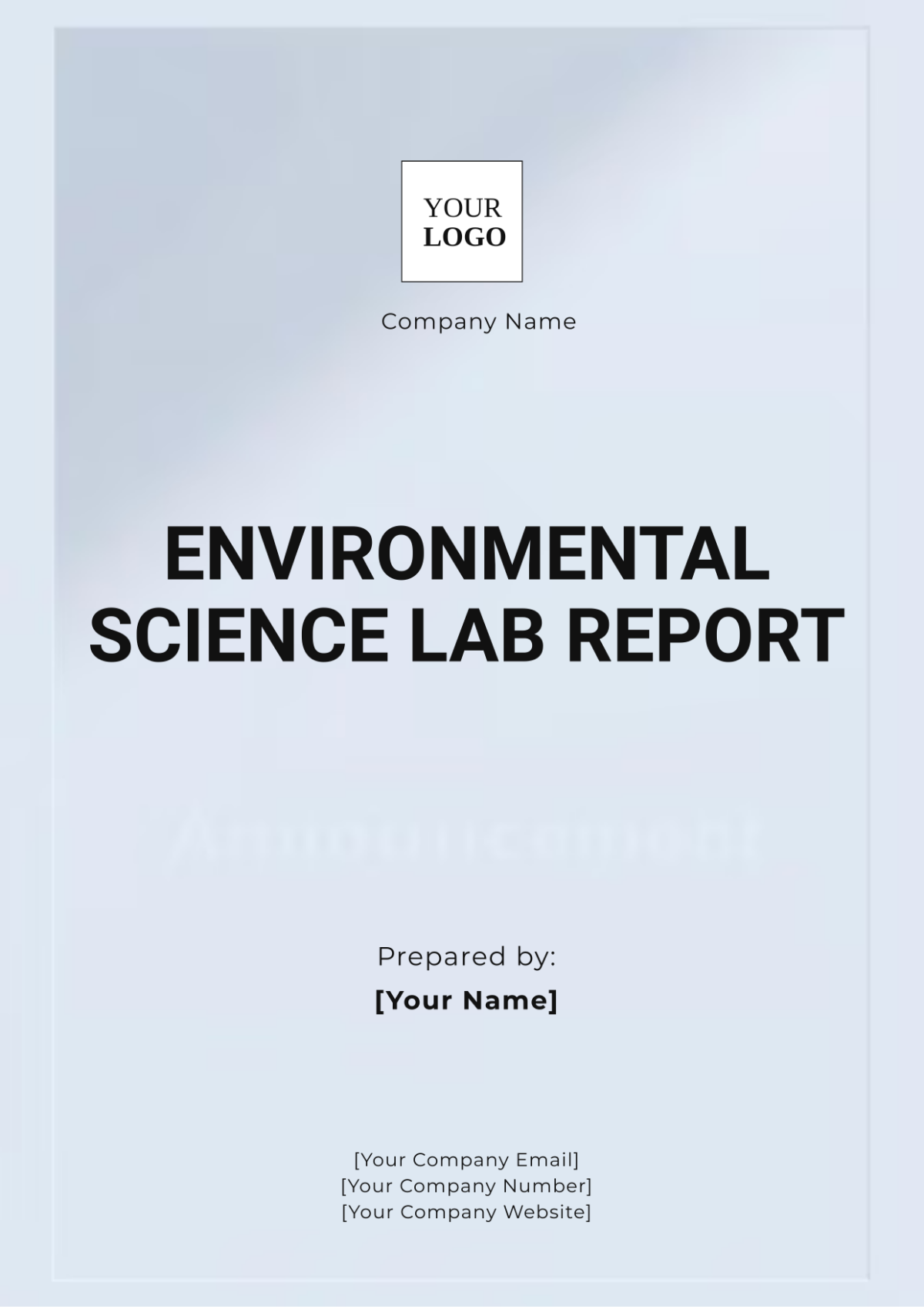Blank Dissertation Report
I. Introduction
This section introduces the dissertation topic, outlines the research questions, and provides an overview of the structure of the report. The introduction sets the stage for the entire dissertation by explaining the significance and scope of the study.
1 Background of the Study
The background section delves into the context of the research area, discussing relevant theories, previous research, and the gaps that the current study aims to fill. It provides a foundation for understanding the necessity of the dissertation.
2 Research Questions
In this subsection, the key research questions that the dissertation seeks to answer are outlined. These questions guide the entire research process and are crucial for the development of the study's methodology and analysis.
II. Literature Review
The literature review critically examines existing research related to the dissertation topic. It highlights significant findings, methodologies, and theoretical frameworks, identifying trends and gaps in the literature.
1 Theoretical Framework
This part discusses the relevant theories that underpin the dissertation. It provides an in-depth examination of the theoretical perspectives that support the research questions.
2 Review of Empirical Studies
The empirical review focuses on prior studies that have explored similar research questions. It compares findings, methodologies, and conclusions, providing a comprehensive overview of the current state of research.
III. Methodology
This section describes the research design, data collection methods, and data analysis techniques used in the study. It ensures that the research process is transparent and replicable.
1 Research Design
The research design subsection details the overall strategy used to integrate the different components of the study in a coherent and logical way. It includes the type of research (qualitative, quantitative, or mixed-methods) and the justification for this choice.
2 Data Collection Methods
This part outlines the methods used to gather data, such as surveys, interviews, observations, or secondary data analysis. It also discusses the rationale for selecting these methods and how they align with the research questions.
3 Data Analysis Techniques
The data analysis techniques subsection explains the procedures for analyzing the collected data. It includes statistical analyses, thematic analysis, or other relevant methods, and the software tools used for analysis.
IV. Results
This section presents the findings of the study, using tables and figures to illustrate key points. The results are presented in a clear and logical order, linked back to the research questions.
1 Descriptive Statistics
The descriptive statistics subsection provides an overview of the basic features of the data. Tables and figures are used to summarize the sample characteristics and key variables.
Variable | Mean | Standard Deviation |
|---|---|---|
Variable 1 | 10.5 | 2.3 |
Variable 2 | 15.7 | 3.1 |
2 Inferential Statistics
The inferential statistics subsection details the results of tests conducted to make inferences about the population based on the sample data. These tests include t-tests, ANOVA, regression analysis, and others.
V. Discussion
In this section, the implications of the findings are discussed, considering the research questions and the existing literature. The discussion identifies limitations of the study and suggests areas for future research.
1 Interpretation of Results
This part interprets the results in the context of the theoretical framework and previous studies. It discusses whether the findings support or contradict existing knowledge and theories.
2 Study Limitations
The limitations subsection acknowledges the constraints and potential sources of bias in the study. It provides a balanced view of the research by highlighting factors that may affect the validity of the findings.
Sample size limitations
Data collection constraints
Potential biases
3 Recommendations for Future Research
This part offers suggestions for future studies based on the findings and limitations of the current research. It identifies new research questions and potential methodological improvements.
VI. Conclusion
The conclusion summarizes the key findings, discusses their significance, and reiterates the importance of the study. It provides a concise overview of the entire dissertation, ties together the main points discussed in the report.

